We came together with The Business of Fashion to view their collection of 140,000 photos of runway looks from almost 4,000 fashion shows around the world. If you could attend one fashion show per day, it would take you more than 10 years to see them all. This experiment makes this library easy and fun to explore in one single visualization. By extracting the main colors of each look, we used machine learning to organize the images by color palette, resulting in an interactive experiment of four years of fashion by almost 1,000 designers.
The interactive lets you see all of the color palettes and click through to see photos that match the palette.
You can also upload an image to fetch fashions that match the color usage in the image. So in case you want to match your wardrobe to say, your dog’s fur, that’s totally doable now. Nice.

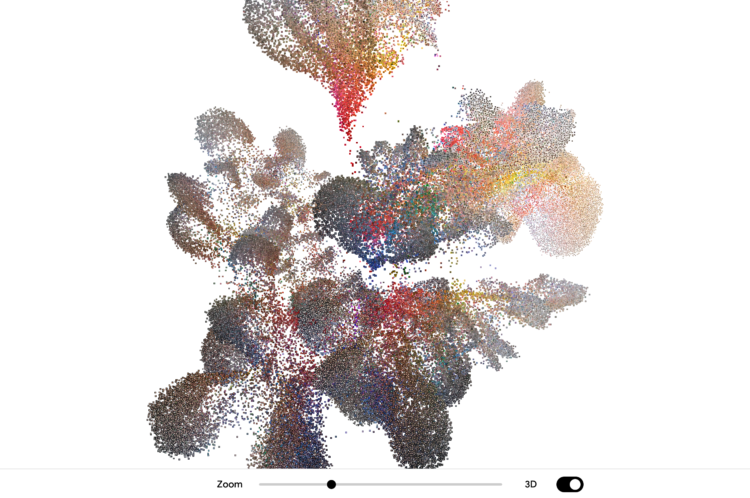
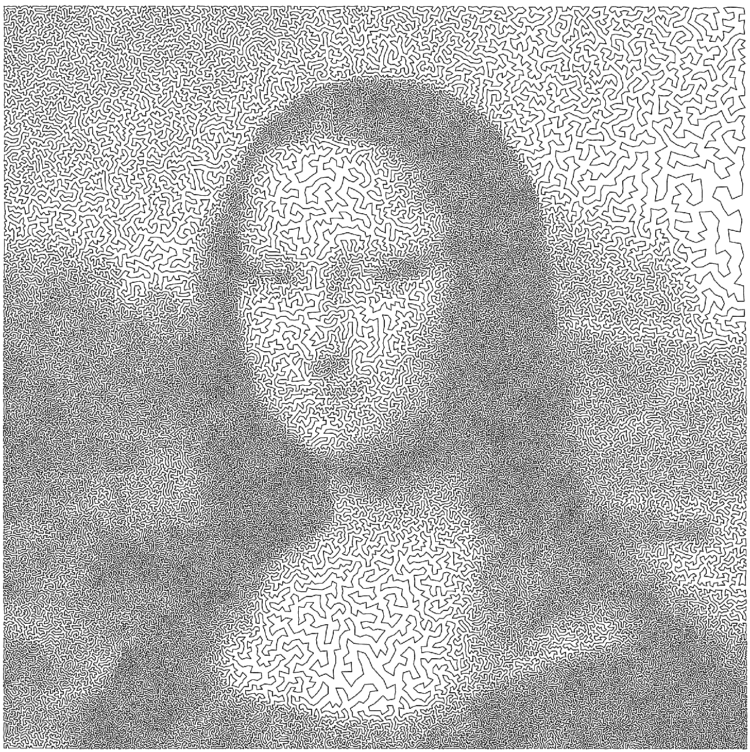
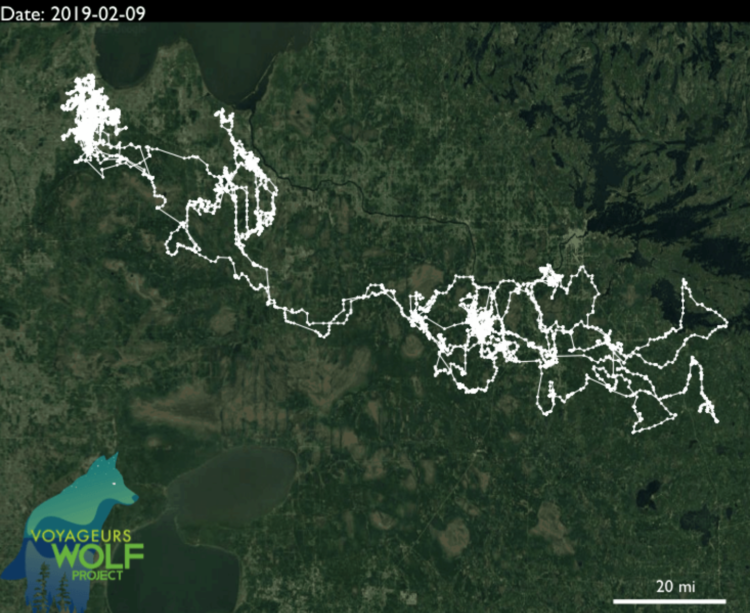
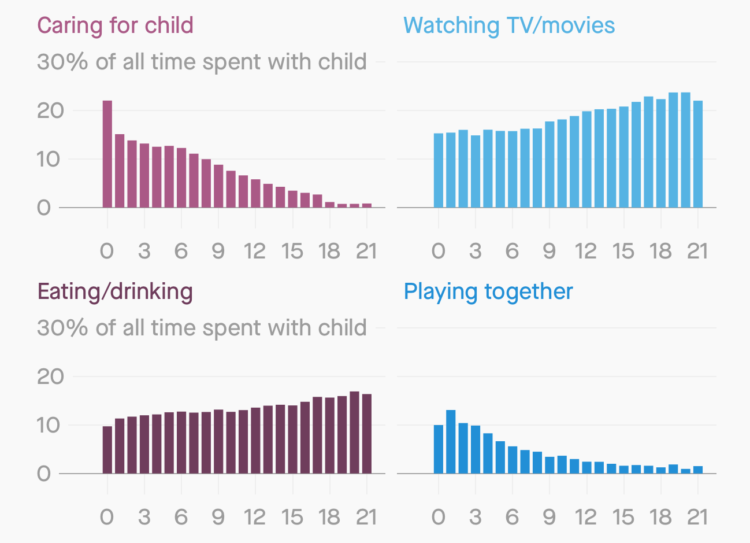

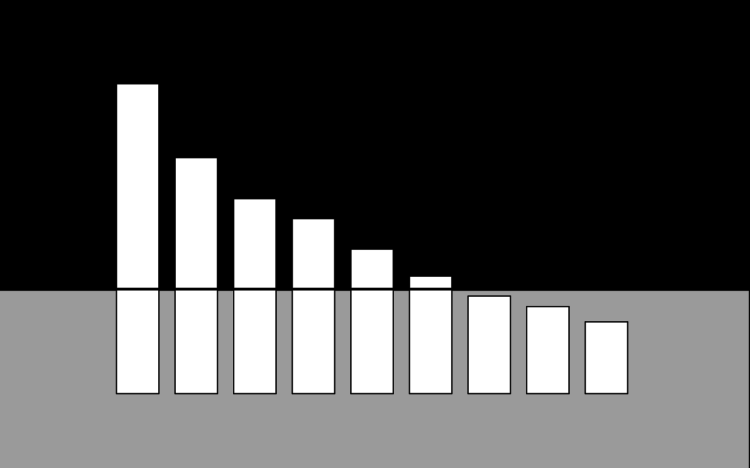
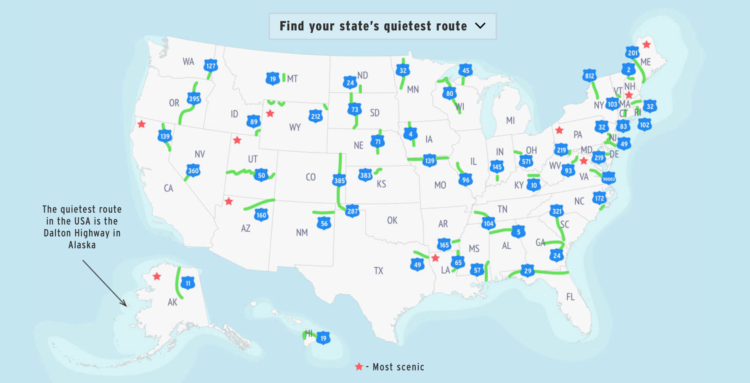
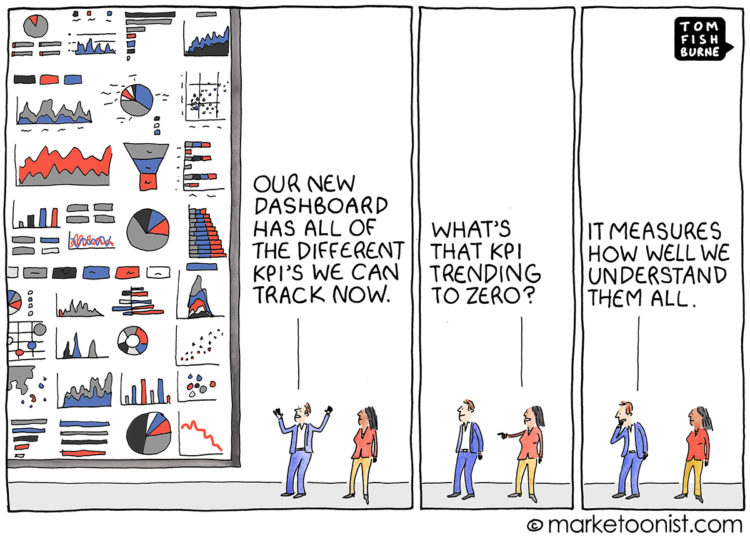
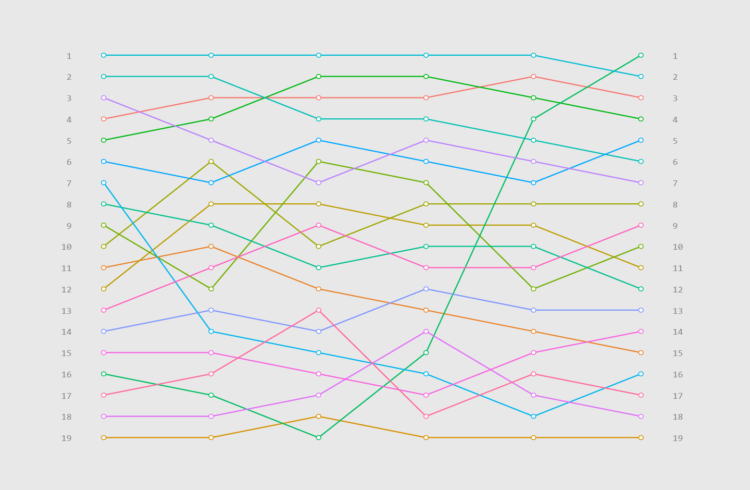

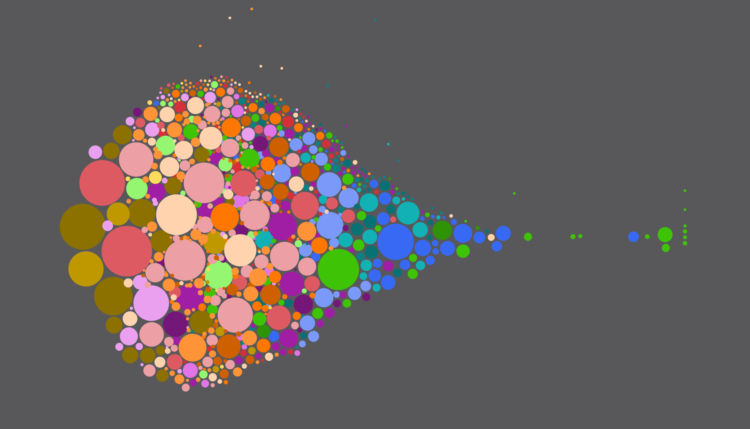
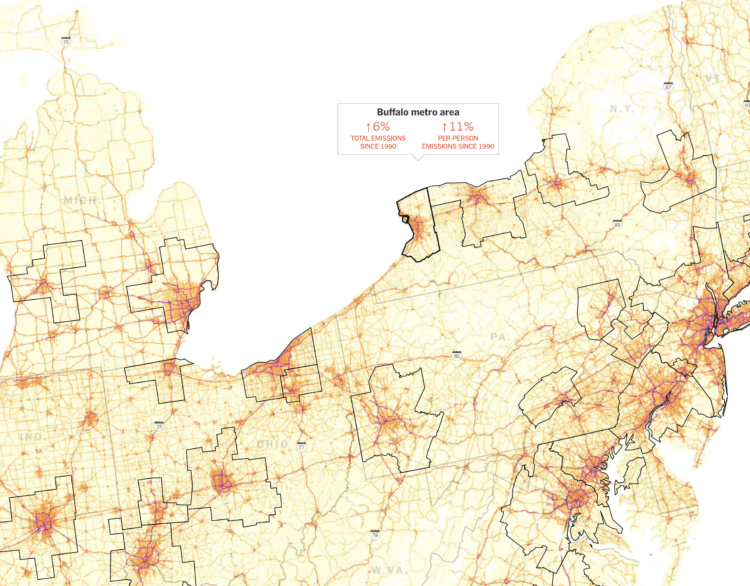

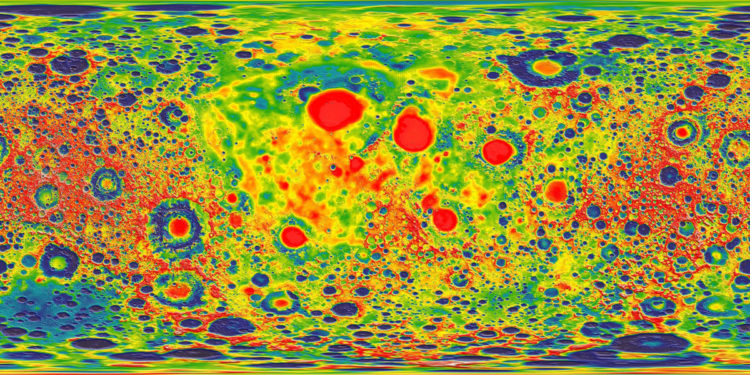
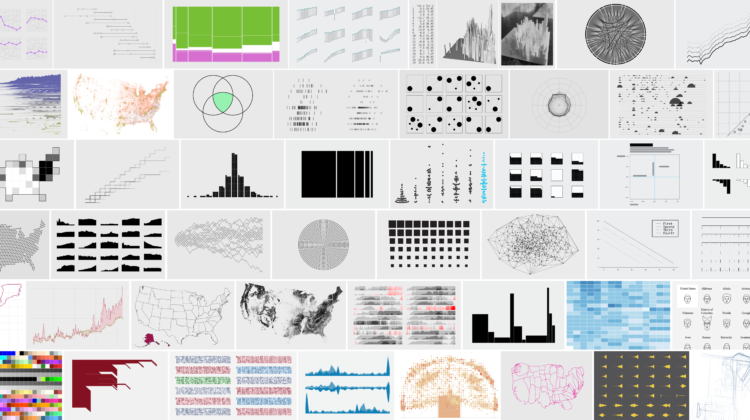
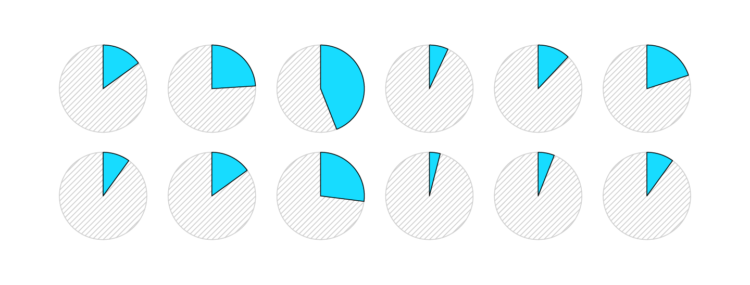
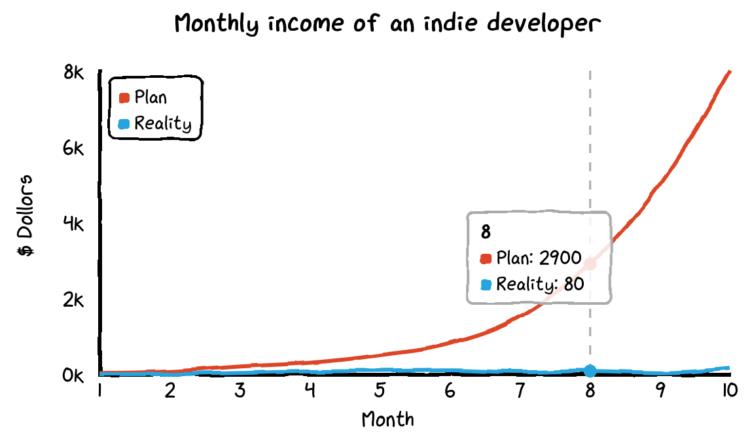









 Visualize This: The FlowingData Guide to Design, Visualization, and Statistics
Visualize This: The FlowingData Guide to Design, Visualization, and Statistics
